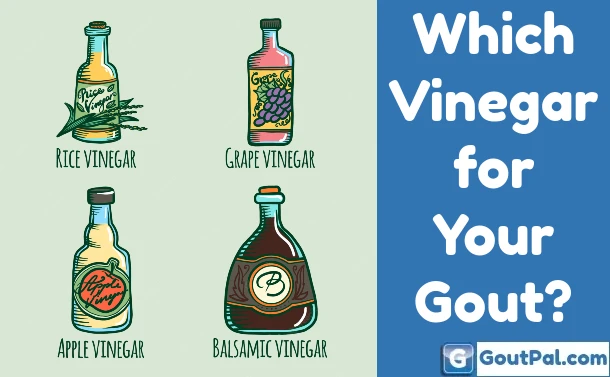Dairy Foods Group Nutrition
The third guideline, with respect to dairy foods group, is: <q>Focus on meeting food group needs with nutrient-dense foods and beverages, and stay within calorie limits. […] The core elements that make up a healthy dietary pattern include: […] Dairy, including fat-free or low-fat milk, yogurt, and cheese, and/or lactose-free versions and fortified soy beverages and yogurt as alternatives.</q>
Dairy Foods
The DGA defines dairy foods as: <q>All fluid, dry, or evaporated milk, including lactose-free and lactose-reduced products and fortified soy beverages (soy milk), buttermilk, yogurt, kefir, frozen yogurt, dairy desserts, and cheeses (e.g., brie, camembert, cheddar, cottage cheese, colby, edam, feta, fontina, goat, gouda, gruyere, limburger, Mexican cheeses [queso anejo, queso asadero, queso chihuahua], monterey, mozzarella, muenster, parmesan, provolone, ricotta, and Swiss). Most choices should be fat-free or low-fat. Cream, sour cream, and cream cheese are not included due to their low calcium content.</q>
So the foods included in the dairy group are not straightforward. Because they do not exactly match traditional views of dairy produce. Or food and drink we might expect to see in the supermarket dairy aisles. But this should be made clearer as you read my detailed nutrition pages for individual dairy foods.



